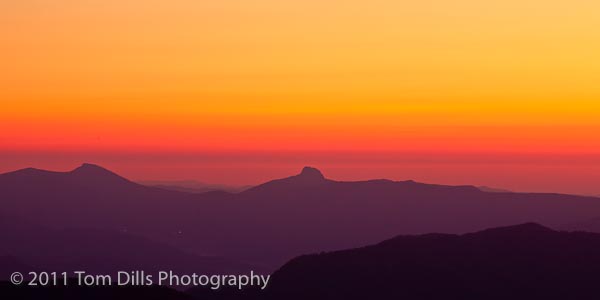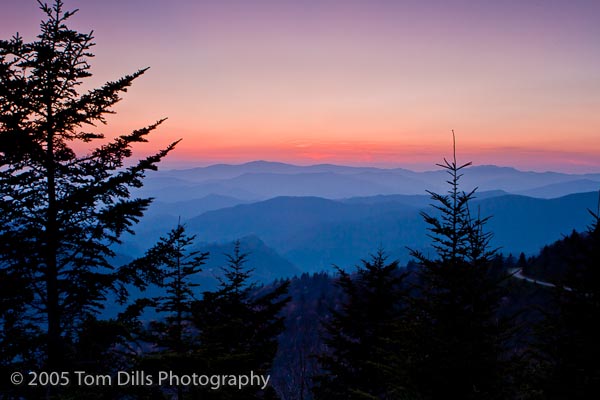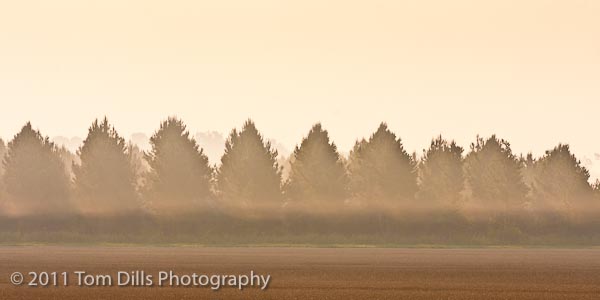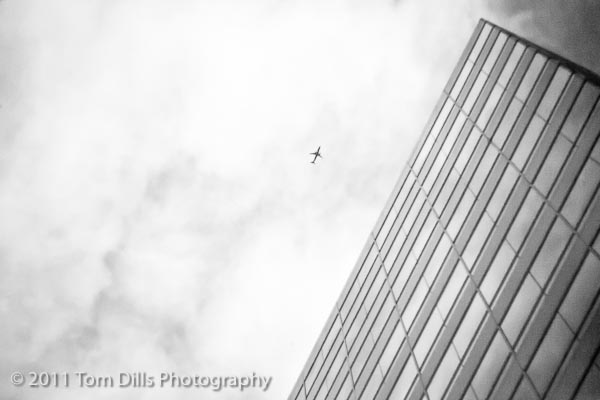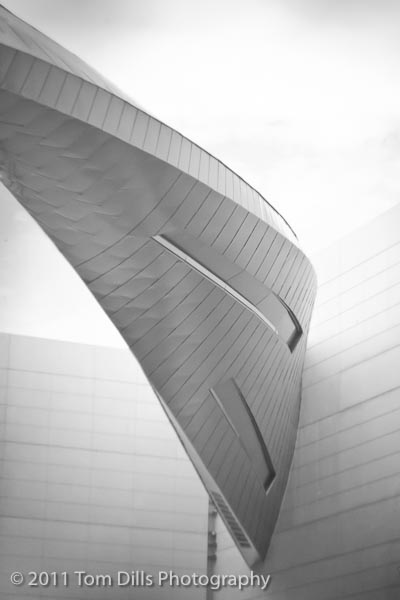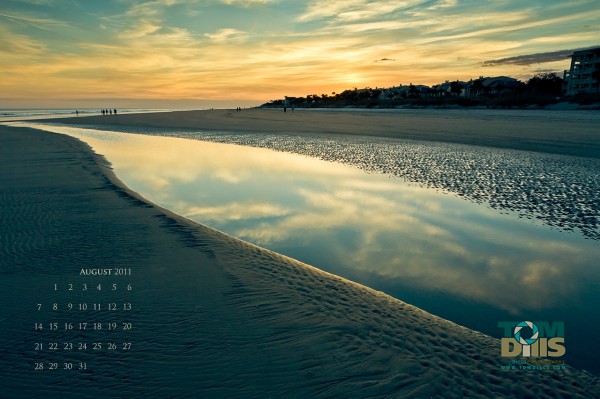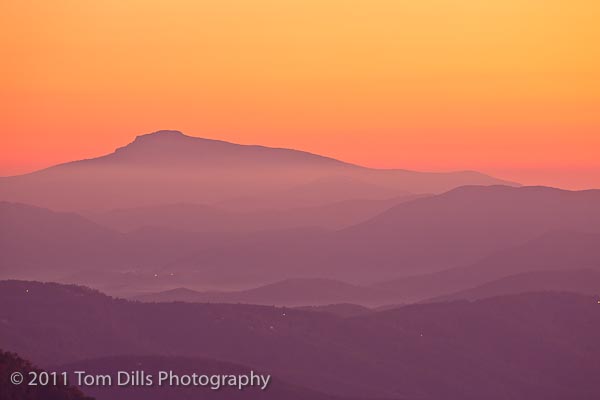
Kathy & I spent this past weekend on the Blue Ridge Parkway, the first of several weekends planned around fall color. We spent most of our time on the section of the Parkway between Linville Falls and Craggy Gardens, knowing that early in the season the higher elevations would be the place for color. It’s always interesting to see how the color starts and progresses as the season comes and goes. The show generally begins at higher elevations, but climate and orientation to the sun & winds play an important role. As the color change progresses, areas farther South and with lower elevation will soon join in the show. It’s all very “scientrific” as my kids liked (and still like) to say.
Fall is a wonderful time of year for photography, but for me, Fall is also a difficult time to get in the groove and photograph creatively because of the temptation to point the camera at the color just because it is so beautiful. But it is important to remember that color in and of itself is not necessarily going to make a good photograph. Composition, light and weather all need to come together to make a compelling photograph regardless of the time of year. Of course, the lower sun angle, crystal clear air and blue sky can often combine to provide some wonderful ingredients.
As we traveled around I looked out over some of the scenes and decided that, while the color was certainly beautiful, the conditions often were just not conducive to making the kind of photographs I like to make. “Color” as a subject is very difficult to pull off. Many of the scenes, if viewed just a few months ago when everything was green, would have been just as beautiful but for a lot of people – photographers and non-photographers alike – would not have been something to get out of the car for.
Fall is also a difficult time for photography because it is such a popular time for travel and things can get busy. Fortunately, most of the good light happens before the throngs arrive and well after they have retreated to the comfort of their buffet dinner. But every time we pulled into an overlook, or sometimes just pulled off the side of the road for a shot, there would be at least one car – often several cars – that would stop right beside me or pull off in front or behind me to see what I was shooting. And of course they get out of the car, try to make small talk, and usually end up asking me to take their picture. Fortunately Kathy handles that business, since I usually just ignore them. She’s a lot nicer about it than I would be.
Sunday we got an early start and spent most of the morning at a nice quiet little spot along the Linville River near Linville Falls. We weren’t too far from the Parkway and could hear the traffic, but in the 2 hours or so we were there I think we only saw about 6 cars. We needed to get back to civilization early so a little after noon we decided to drive toward Blowing Rock, which took us past Grandfather Mountain. What a mess! People were lined up to get into overlooks, parked on the grass and just stopping in the middle of the road to take a picture. It was absolute mayhem, and certainly not a place I wanted to stop and take pictures! We ducked into the picnic area near Price Lake to use the rest room, but decided we had had enough and headed for the nearest exit.
In his most recent e-book “The Inspired Eye 3,” David duChemin discusses the role of solitude in the creative process. Among other points, he states that “if there is one thing we’re in need of as creatives in an increasingly noisy and chaotic world, it is solitude.” I know some people thrive on camaraderie and social interaction when they photograph. Not me. For the kind of photography I do I prefer to be by myself or with a small group of like-minded photographers. I’m not going to find my creative voice at an overlook with dozens of cell phone camera wielding tourists looking over my shoulder and jockeying for position. If that means I don’t come home with photographs from that overlook, so be it. They wouldn’t have been “my” photographs anyway, and any photographs I did take that reflected my mood at the time would certainly not be anything I’d want to share!
This past weekend was the latest of many where I have tried to find my own images in a world filled with many potential subjects. I learned a lot about how and where to find my place. Learning how to weed through the noise, distractions and mayhem is a difficult part of the process but necessary in order for me to successfully make photographs that reflect my vision. I’m looking forward to the next weekend!
